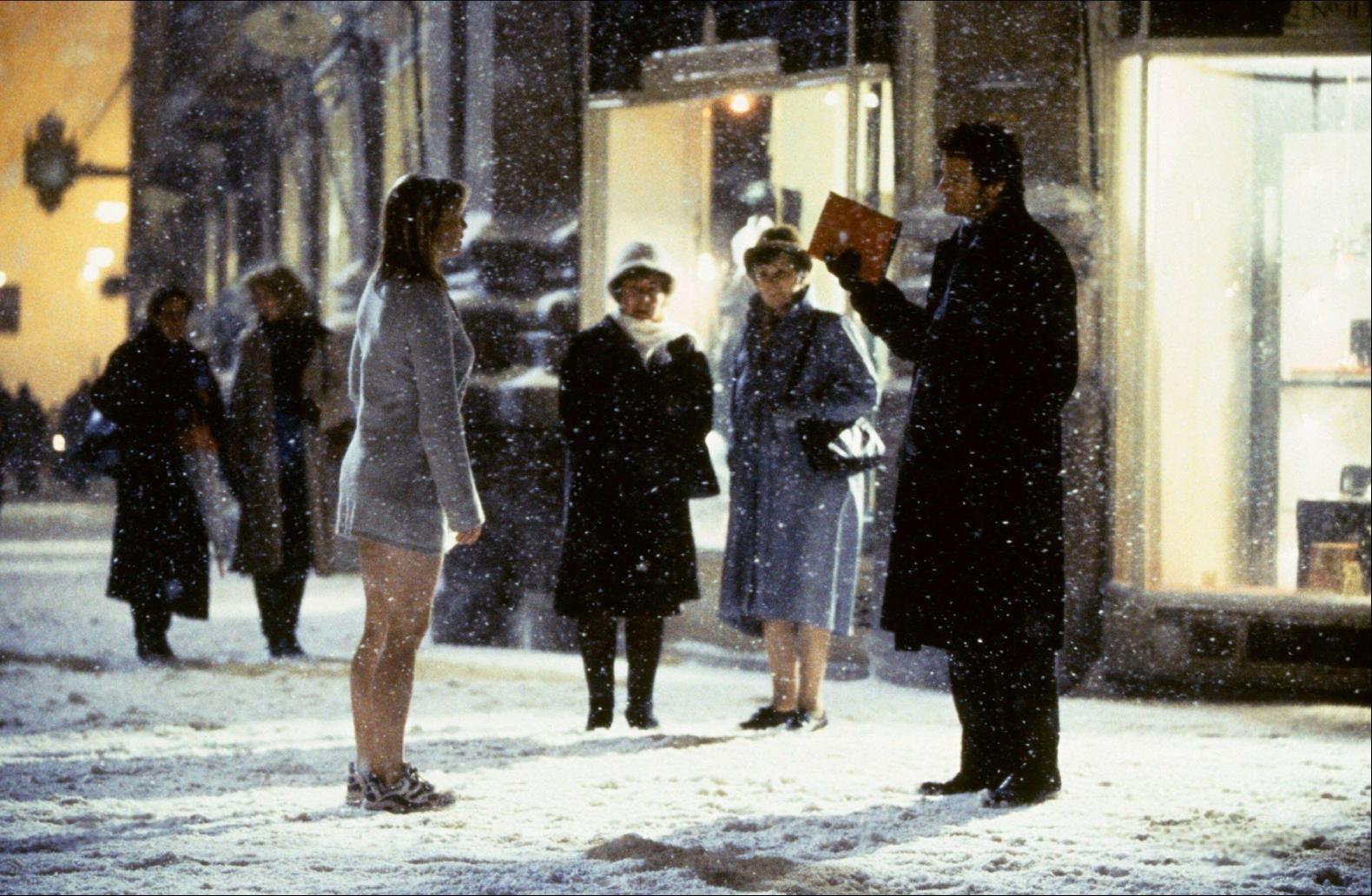
By Anya Ryan
When I was a teenager I obsessively wrote a diary. Each evening I let my inner thoughts seep through a pen and on to paper, feeling a little bit lighter with each word scrawled. Mundane daily updates followed heartbreak; deeply buried insecurities chased adolescent joy. I dared to write of my perfect future, full of wild love, creativity and freedom from my Midlands childhood home — all of it out of reach but here written into a nervous, hopeful existence.
So, maybe it is unsurprising I felt a kinship with Bridget Jones, a woman much older than me then but a fellow fanatical diarist. However, while I understood her need to vent into a personal book of secrets, it was her metropolitan domesticity that compelled me to watch the film Bridget Jones’s Diary (2001) on repeat.
As Bridget (played by Renée Zellweger) wallowed in self-pity about her chaotic, untidy existence, I longed for it. “I decided to take control of my life,” Bridget writes in her diary in an early scene in the film, an adaptation of Helen Fielding’s 1996 novel. But her imperfection was my ideal.

Her little flat in London, sitting above a pub in Borough Market, is a character in its own right in the romantic comedy, its role being the sacred place for Bridget to switch off and relax. Located minutes from the river Thames in the centre of the capital, it was a vision of independence to me. From her window, Bridget can see snow swirling and falling on the busy street below. She is right at the heart of London’s hustle and bustle, a place I itched to be.
Inside is a slice of comfort. There are patterned rugs on the floor, packed bookshelves and standing lamps for decoration. A fireplace twinkles, cushions are scattered around the living room. I envied Bridget’s messy interiors: empty glasses on every surface; magazines left open for her to return to. Her home is the visual representation of her mind — chaotic, characterful and expressive — and I craved somewhere where I could project my own personality on to ornamentation.
“Singleton” Bridget might lament her solitude but, to me, her flat was an enviable place of autonomy. Here, she could lie back on her sofa and smoke, drink and cry to her heart’s desire. She could sing out loud and proud, and not be embarrassed. No one could berate her for spending one too many evenings in her pyjamas watching sitcoms, or turn their nose up at her culinary disasters, like my parents did at home.

Now I am closer to Bridget’s age, I feel her stress more acutely. I understand the pressures to find a stable relationship, thrive at work and please parents. But even though I have settled in London, her lifestyle remains something of a distant fantasy. While she waltzes from one creative job to another, without mention of financial strain, the cost of a flat similar to Bridget’s would break the bank.
But what the heck, I am a sucker for romance so I continue to return to the film and imagine myself living as Bridget. I could take the same walks by the river, rush to meet similarly hilariously potty-mouthed friends for central London drinks, and relish her sense of adventure.
Bridget sees her life as an insignificant disaster, but I am pulled in by its ordinary beauty. Full of uncertainty, disorder and joy, it remains a slice of escapism.
Photography: Landmark Media/Alamy; Maximum Film/Alamy



